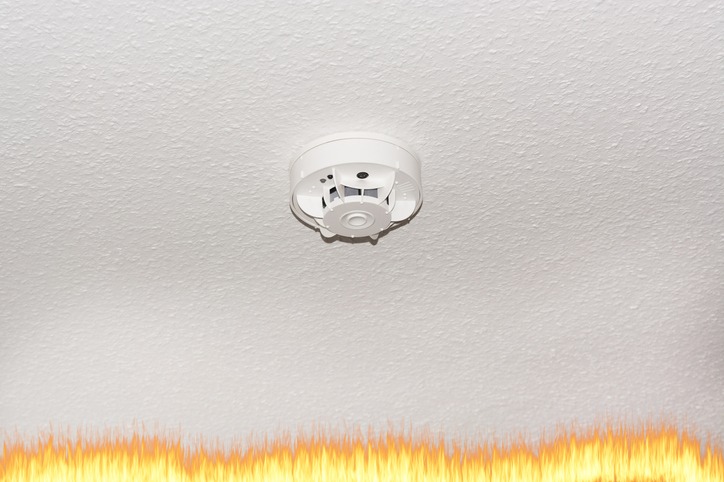Smoke alarms are now required to guarantee occupants’ safety in the event of a fire in Australia’s homes and units. The statistics indicate that a registered electrician is more likely to rescue homes along the Gold Coast and across the world with smoke alarms to survive a fire. There are two types of photoelectrical and ionizing Australian standard AS3786 smoke alarms in Australia. While both types are quick to buy, fire officials advise the preferred type of electrical smoke alarm is the photoelectrical smoke alarm.
The differences between Photoelectric and ionizing smoke detectors can be described here by Sparkies Electrical Service:
Photoelectric Smoke alarms
These warnings are directed into a sensor chamber by a light source. The light is reflected into the sensor when the smoke enters the chamber, and the smoke alarm is activated. These alarms have been demonstrated:
- Answer smoking fires that generate a great deal of smoke considerably faster
- Causeless false alarms from kitchen cooking or bathroom steam
- No radioactive material contained
- Ionizing Alarms for smoke
A radioactive substance between two electrically charged plates is in the chamber of the ionization smoke detector. The air between the plates is ionized, and there is a current between them. When smoke enters the chamber, the ion stream is disturbed, just as the alarm activates the plates’ current flow. The following warnings:
- Respond to smoothing fires are slower
- Subject to false warnings
In contrast to ionization, photoelectric smoke alarms provide a clear advantage because occupants are alerted to smoking smoke faster, so they have time to flee their homes. Most fires in the house begin with a soothing fire. When the house is light, ionization alarms respond, considerably reducing the number of times occupants have to evacuate a burning house.
Several licensed electricians on hand to install the photoelectric smoke alarm on your home are provided by the Gold Coast electric sparkle service.
Smoke detectors have significant consequences for the different technologies of photoelectric smoke detector . The science behind smoke detectors should warn you in dangerous situations as soon as possible. Photoelectric smoke sensors, for example, are famous for their protection from smoldering fires. You would want to be aware as soon as possible, whether it is a smoldering fire or a flame-flaming fire. At First Alert, we want your understanding of the technology that allows you to be safe, so you can choose the best way to protect your home and your family.
How does the Photoelectric smoke detector function?
The use of light to detect fire is a photoelectric smoke detector. The light-sensing chamber is inside the alarm. An LED light in this chamber fires a light beam into the chamber in a straight light. When the smoke enters the room, the alarm reveals smoke, which diverts the LED light in a different room from the right path into a photosensor. The alarm starts sounding when light beams hit that sensor.
How do photoelectric smoke detector compare to other fumes?
Other popular smoke detector systems include ionization alarms and dual smoke sensors. The dual smoke sensor has ionization as well as photoelectric technology. Ionizing smoke alerts are best for quick-fire detection, while smoke alarms are best for smooth and moldering photoelectronic fire protection.
Should I have a smoke sensor for photoelectric?
Every home has a photo smoke detector; it’s safe to say. While the smoke detector has proved better for ionization fire detection, a flaming fire has been more effective than photoelectric alarms. It is under recommendation that all kinds of fire alarms be available in your house for better protection.

